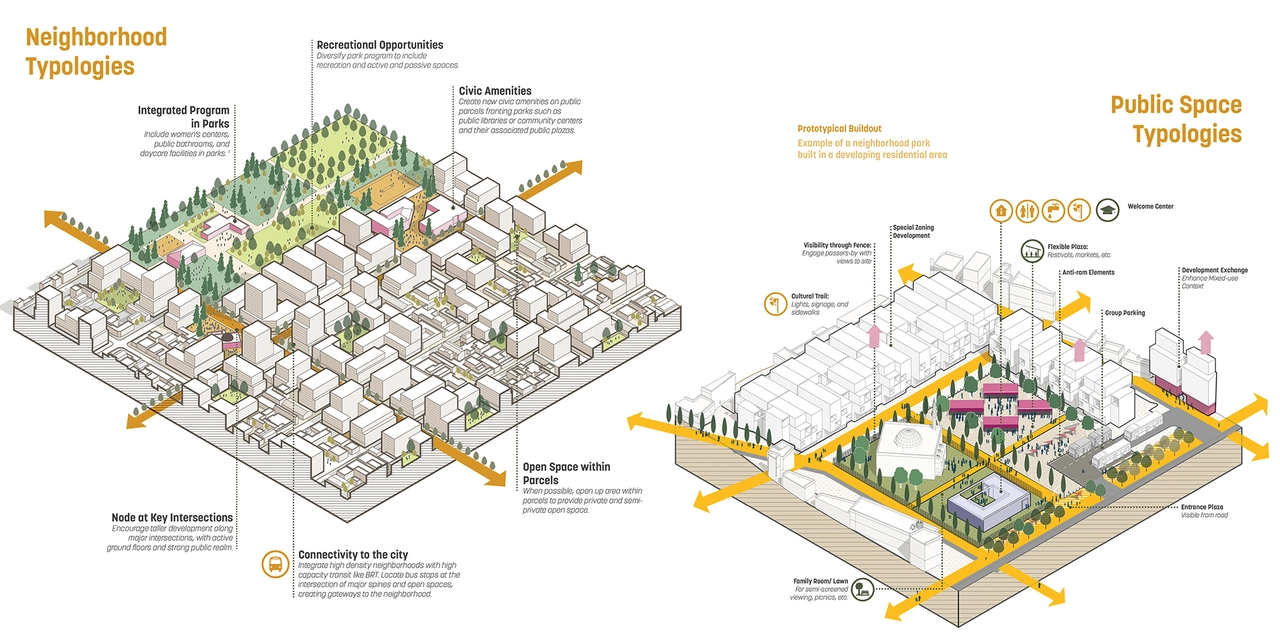Wellbeing and Environment: How Low-Density Neighborhoods Help Green Living
More space doesn't just feel nicer; it cuts pollution and boosts mental health. Low-density neighborhoods—fewer tall buildings, wider yards, more parks—change how we live day to day. This page shows how those neighborhoods affect your health, local air, and community habits.
Air quality improves when buildings and cars are spread out. Trees and gardens absorb pollutants, cool streets, and lower asthma triggers. Noise drops because traffic concentrates less and there are fewer high-rise echo effects. Residents in these areas often use yards for food growing and composting, which reduces waste and brings neighbors together. Parks offer safe play spaces so kids spend more time outside, which helps physical activity and lowers screen time. These shifts add up to measurable health gains.
Transport patterns change too. With lower density, people often design streets for walking and biking instead of wide highways. That cuts short car trips and emissions. In one neighborhood example, a small network of bike lanes and a weekly farmer's market saw car trips fall by about 15% over a year — people chose bikes or walked. Reduced traffic also means fewer collisions and calmer streets for kids and pets. You still need smart planning: longer distances can encourage driving if services are too far apart.
How you can act locally
Plant a tree or join a community garden. One tree shades a sidewalk, cools your house, and absorbs pollutants over years. Start a block compost bin to cut food waste and feed local soil. Talk to neighbors about safe bike lanes and a small market — those two changes can shorten trips and boost local business. Support mixed-use zoning so shops and services sit within walking distance. Use carpool apps for longer trips and combine errands to reduce miles. Make your home energy-efficient: better insulation and LED lights lower bills and emissions.
What planners should consider
Planners should balance green space with access to everyday needs. Cluster homes with shared green courtyards so yards stay private but people don't have to travel far. Keep ground-floor shops, a pharmacy, and small cafes within a 10-minute walk. Design streets that calm traffic but allow emergency access. Preserve mature trees and create green corridors so wildlife can move through the area. Use permeable pavements and rain gardens to capture runoff and reduce flooding. Offer incentives for renovating existing buildings instead of clearing land, and set rules that limit large parking lots. Make affordable housing part of plans so low-density areas don't push people out. Track simple metrics — walking trips, tree canopy cover, street noise — so changes are measurable and adjust policies fast.
If you live in a low-density neighborhood, start small: plant native shrubs, set up a compost bin, talk to neighbors about a weekly swap or farmer's stand. Ask your local council for safer crossings or a community tree-planting day. Small steps improve air, cut noise, and make life healthier. When residents and planners work together, low-density areas can become greener and more vibrant without losing their calm feel. Get involved this month.

